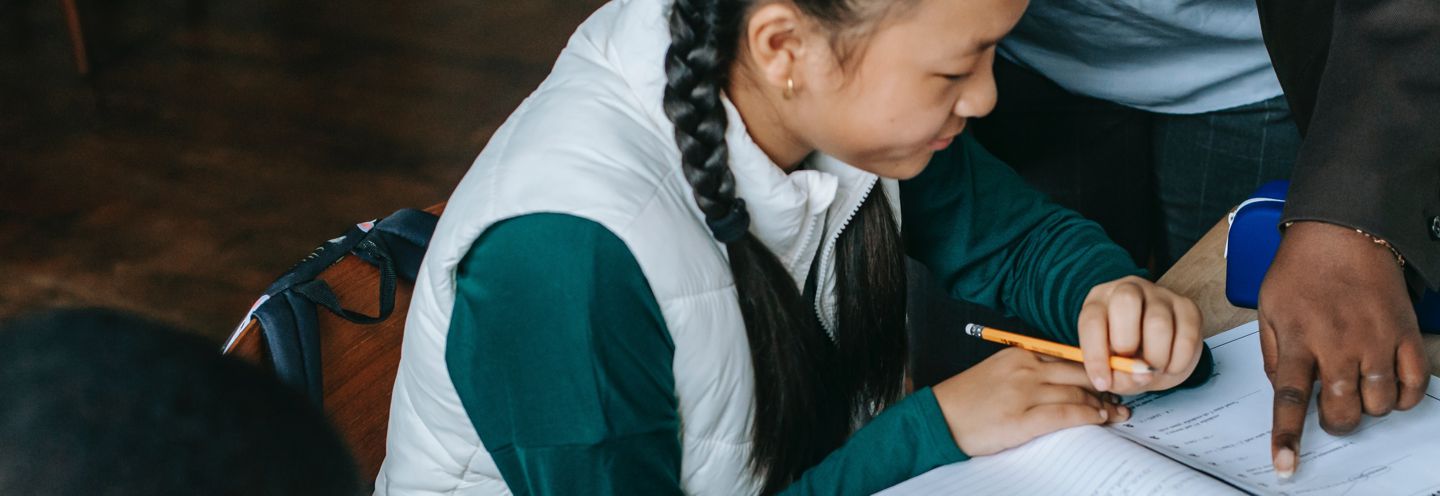Teacher Resources | 386 Results

In this lesson, students consider how we come to hold values and how they affect our behaviour, especially online. They begin by comparing their assumptions about how common positive and negative

In this three-day unit, students assess media coverage of natural disasters and their aftermath. Students explore how sensationalism plays a role in determining what is newsworthy, and how that can

In this lesson students are introduced to the key media literacy concept that media are constructions that re-present reality and consider how representations of crime in news and entertainment media

In this lesson, students consider the ways in which social media may prompt them to compare themselves with others, and the impacts that can have on body image and self-esteem. They analyze how the

This lesson helps students understand the relationship between body image and marketing by exploring Aerie and Dove’s body positive advertising campaigns. Students begin by reading about the impact

In this lesson, students participate in a workshop that teaches them four quick, easy steps to verify online information. After practicing these four steps they create a public

Test your fact-checking skills. These quick quizzes will help you start to learn how to spot suspicious posts.

Sometimes a single search can Break the Fake if a professional fact-checker has already done the work for you.

Because it’s so easy to copy and share things online, it’s important to find out where something originally came from before you decide whether or not to trust it. Someone might have shared it with

Whether you’re looking at a website, photo, video or news story, what really matters is whether or not the people who originally created it are trustworthy. Even when it has been shared with you by

